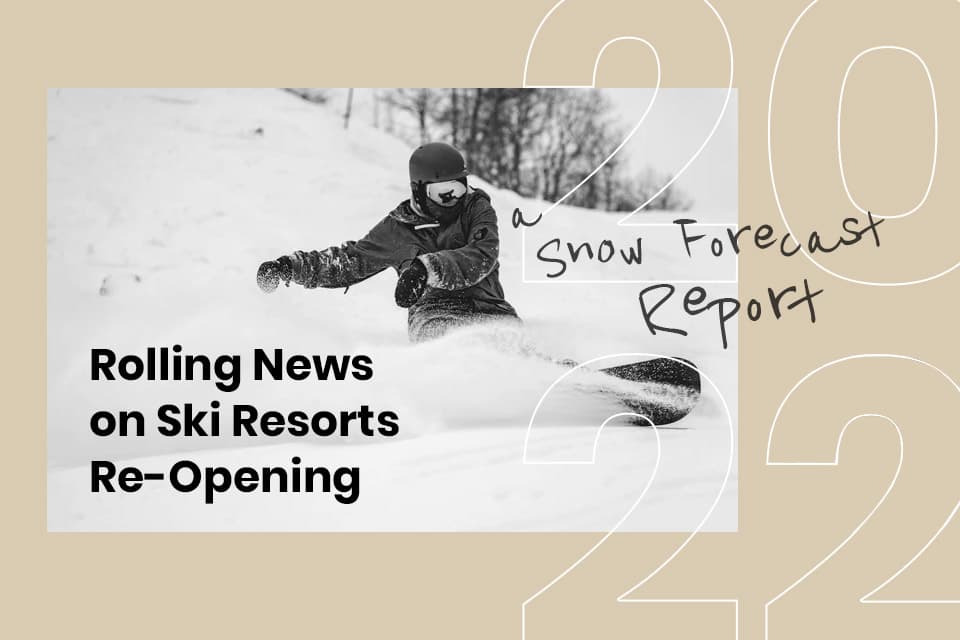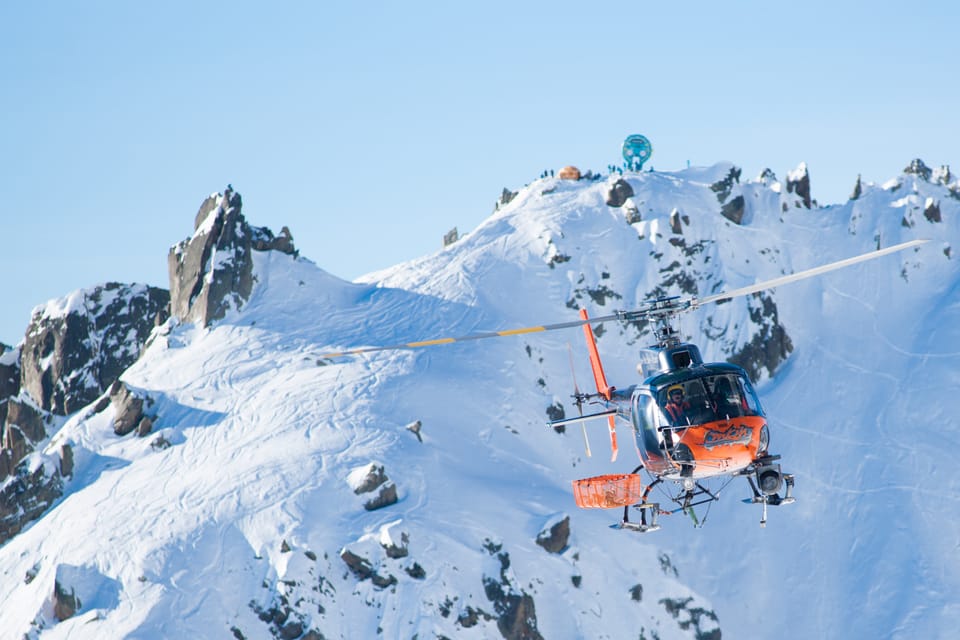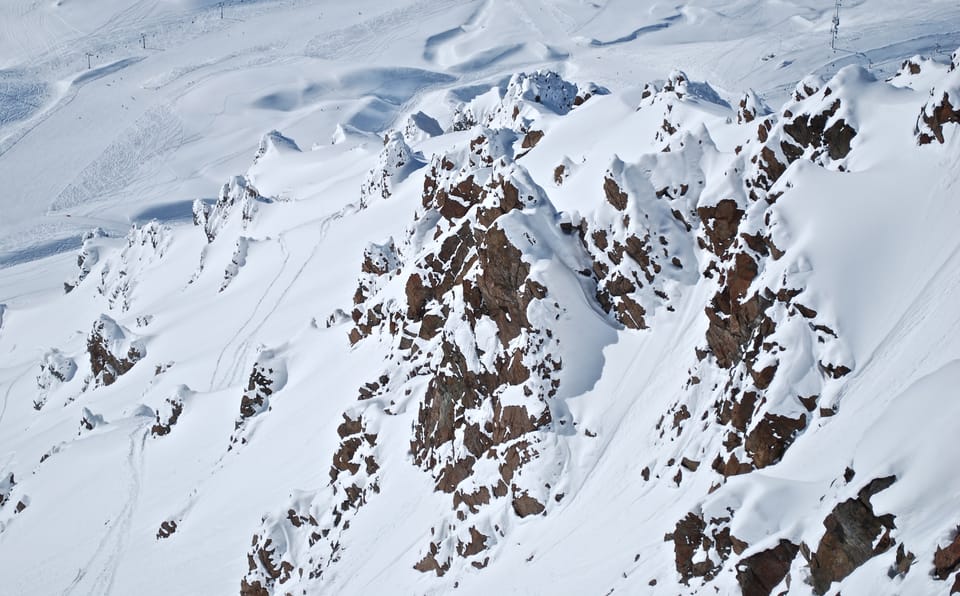Swiss Region Steps up Efforts To Reduce Avalanche Risk
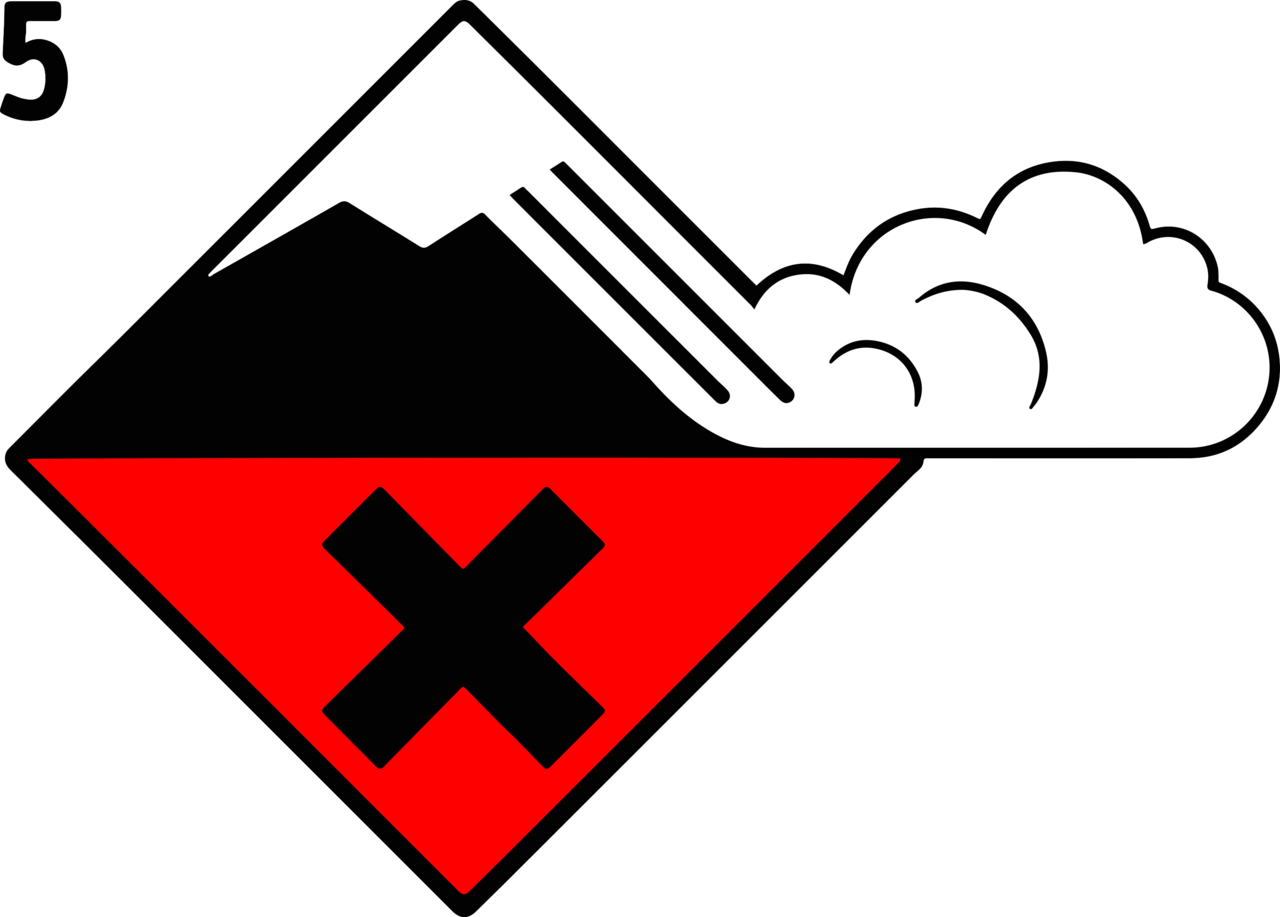
The Swiss canton of Valais, home of several of the world’s leading ski resorts including Crans Montana, Verbier and Zermatt, has introduced additional measures to minimise the danger posed by avalanches.
During the 2020/2021 winter season 11 people were killed by avalanches in the canton and about a dozen bodies involved in mountain safety, guiding and tourism in Valais have come together to revisited existing measures and see which could be further strengthened or better publicised. The resort of Verbier has agreed to act as a test resort for this benchmark programme.
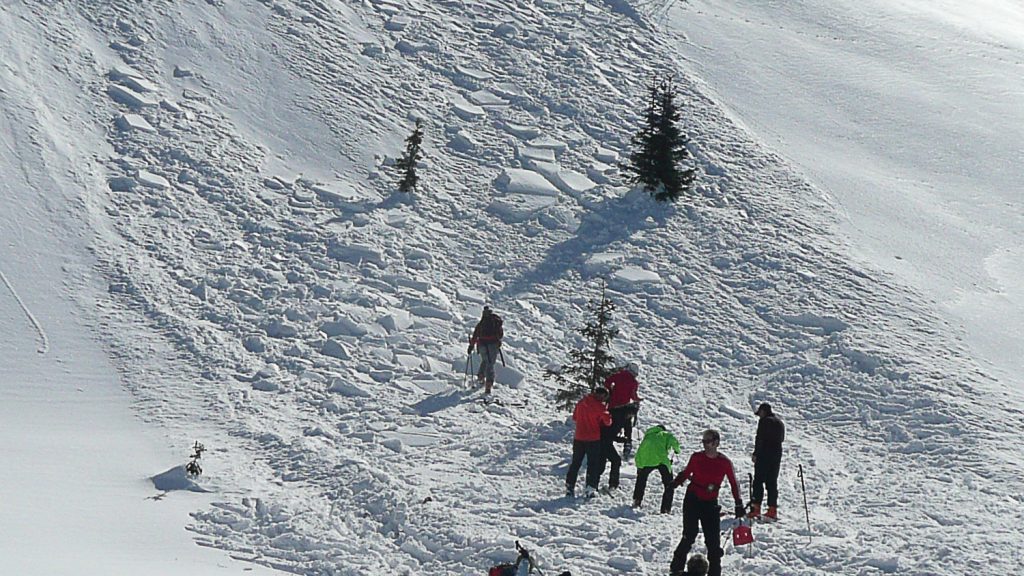
The group noted that the number of deaths on the roads in Valais has fallen sharply over the past 50 years few decades (117 deaths in 1970 versus 10 in 2020) but the number of accidents linked to avalanches has stayed the same.
They believe that part of the reason for this is that the European five-level avalanche danger scale is not always being well interpreted by skiers. It’s the level three degree of danger, called “marked”, which is the most critical for winter activities outside secure areas. In fact, 65% of fatal accidents occur when this level is announced in the SLF avalanche bulletin.
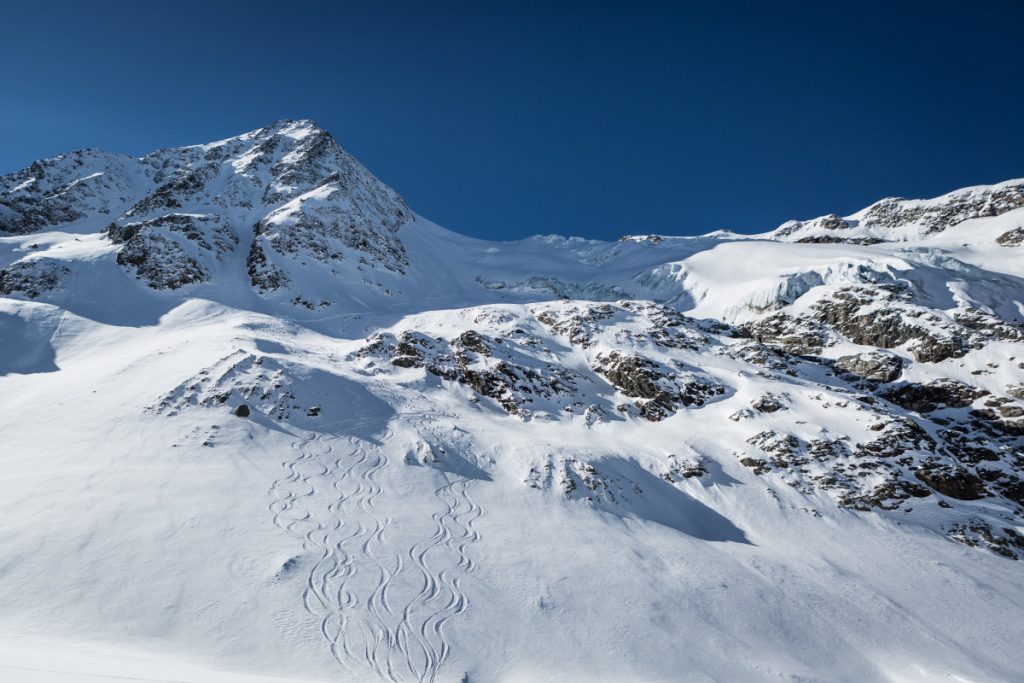
The 3 out of 5 degree seems to be in the middle of the scale, but in reality, it is the maximum level for non-experienced skiers or those who are not accompanied by a mountain guide (or a professional) when it comes to making tracks.
Daniel Coquoz, president of the Mountain Guides of Verbier says; “What I can say about this pilot scheme in Verbier and Verbier 4Vallées is that this project is extremely important, especially as Verbier is famous for its freeriding.”
Three initial actions have been announced:
1. Production of prevention broadcasts: These contain preventative messages related to danger levels 3 and 4, with avalanche forecasts broadcast across social networks. In the spirit of a genuine prevention movement, these broadcasts will contain the hashtag #freeridesafer.
2. Reinforcement of signage in ski resorts: Prevention messages related to danger levels 3 and 4 will be disseminated to specially designed media as part of the programme. On screens, posters or flyers, the advice will be visible to skiers at the departures of the ski lifts and from the resort of Verbier, which serves as the test resort this year.
3. Avalanche-check.ch Designed to be a fun and simple way to educate, the “avalanche-check.ch” platform allows everyone to test their knowledge of avalanche danger management in the form of an online questionnaire, free in three languages (FR, DE, EN). The topics covered concern the preparation of going off piste, understanding avalanche danger when out of bounds and how to manage a rescue situation.
There is a free online quiz, which helps users improve their avalanche safety skills. What’s more, if users register their details, they will be entered into a raffle. (Prizes include a heliskiing outing with guide, Airbag bags, a DVA kit + shovel + probe, avalanche training days, ski day passes, overnight stays in mountain huts, White Risk App licenses for smartphones, and more).
Verbier also offers:
• Verbier Freeride Days
• FWT Safety Workshop
• Verbier Freeride Academy
• DVA Park
• Off-piste itineraries
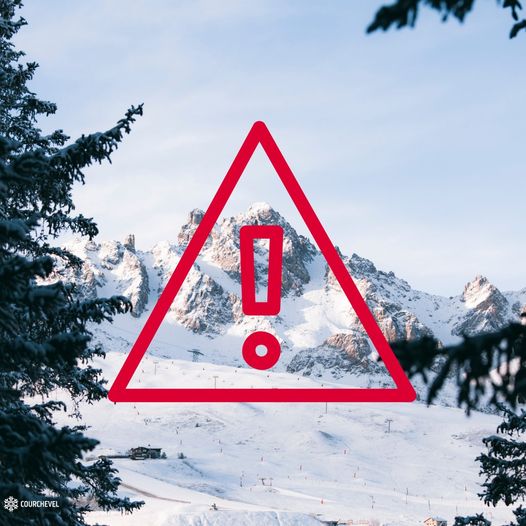
The move has been initiated by the Valais Cantonal Police working in partnership with the region’s OCVS144 rescue organisation, the Swiss Association of Mountain Guides ASGM, the Mechanical Lifts du Valais, the WLS Institute for the Study of Snow and Avalanches SLF, the Cantonal Sports Office, Air-Glaciers / MFXB, the GRIMM Mountain Medical Intervention Group, the Economy Service, ther tourism sector and young free riders. This pilot is also supported by the BPA (Accident Prevention Office) and the Club des Combins.

